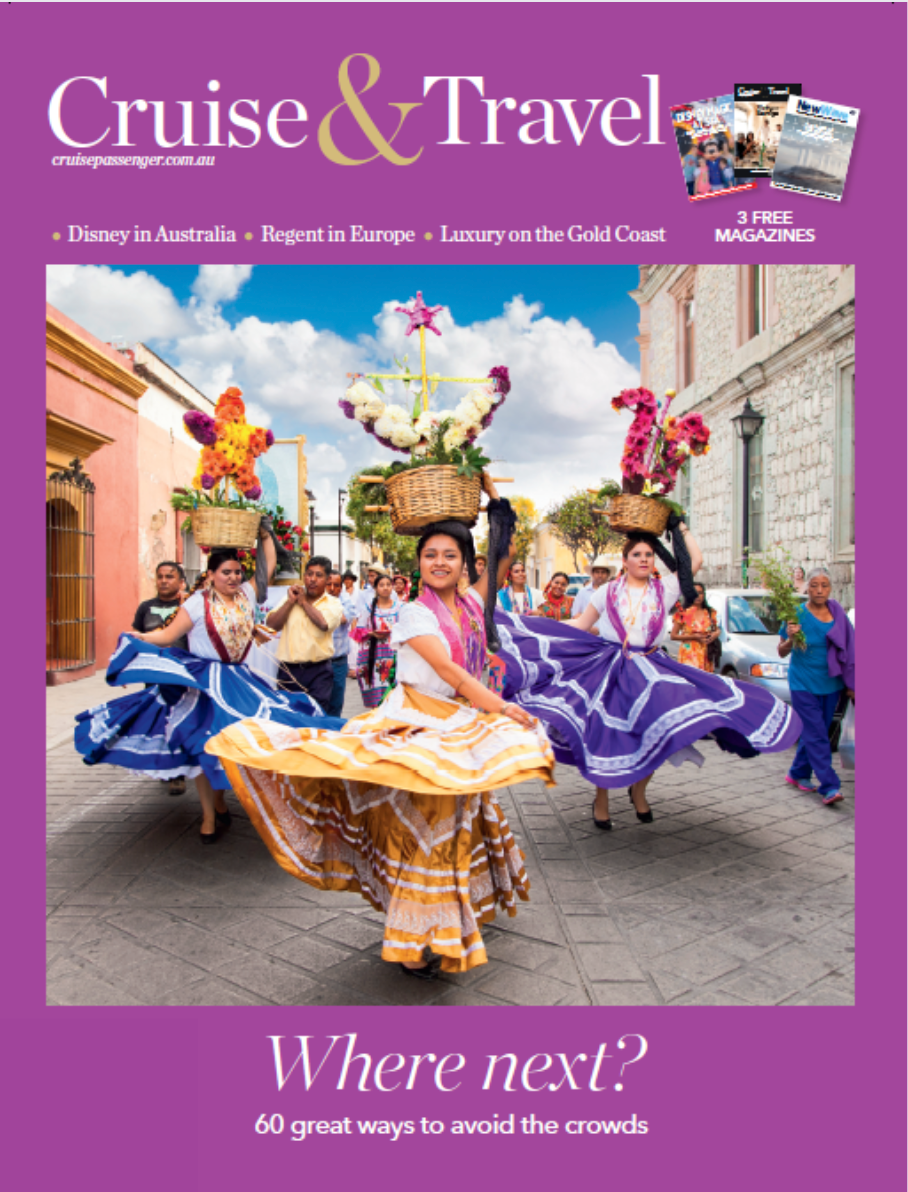What to do if your river cruise is affected by low water levels
If you’ve booked a European river cruise that’s affected by changing water levels, here’s how to find out how your cruise might be affected.
Companies differ in how they are dealing with the current crisis. Unless you have taken out a specific ‘cancel for any reason’ insurance policy, it’s not advisable to pull the plug. Otherwise, you’ll lose the entire fare.
If you do have a cancellation policy, make sure you read the fine print. There can be time limits on claims and expiry dates on rebooking for a similar fare.
If your cruise is cancelled by the company, you can expect to receive a full refund or vouchers for a future cruise. Again, be careful to check possible expiry dates for a future cruise.
You would have to check with the cruise line or travel agent to find out if your airfares and accommodation booked at either end of the cruise is covered. Some premium credit cards have built-in travel cancellation cover.
Avoiding parts with low water levels
Most larger cruise lines change their itineraries so the ships will still sail. Either on a shorter itinerary or one that avoids the shallow parts of the river. Swapping ships is the usual option. This means that passengers disembark their original ship at one place on the river. They are then bussed to a spot further along where a sister ship is waiting. This is where it will complete the cruise. It’s not ideal but once again, the small print in your fare allows for this contingency.
You might be able claim for some compensation if there have been significant changes to the cruise due to changing water levels.
Scenic now has a River Cruise Guarantee that automatically covers you once you start the cruise. It covers for “certain delays or cancellations that occur due to adverse weather conditions, natural disasters, mechanical breakdowns or strikes”.
As with all types of travel these days, it’s vital to do as much homework as possible. And ask your preferred river cruise line about its water-level policy before handing over your hard-earned holiday money.

